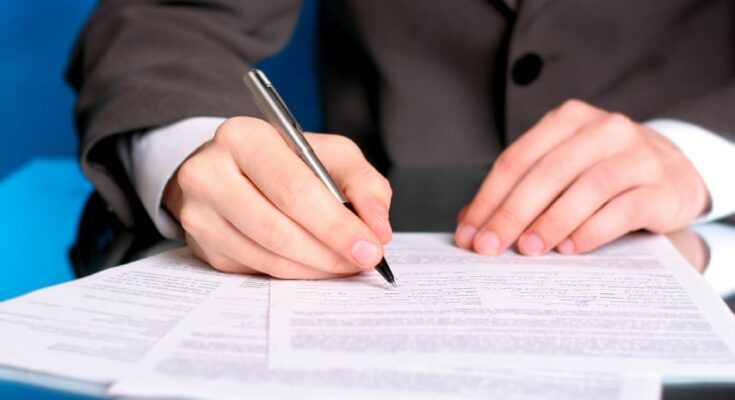To prepare a legal document or draft, whether a lawyer or unprofessional, one must realize that every word matters. Therefore, you must include simple, to-the-point, and powerful words. You should also keep in mind that being professional doesn’t mean sounding sophisticated. The best document is the most readable one. The following are the best tips to make your Legal Document as readable as possible.
The Most Common Types of Legal Document
A complete, if not perfect, draft results only from the right steps, followed in sequence. You might or might not be the know-it-all person. But, before proceeding with the tips, you must know the types of legal documents, as follows:
- Letters
Most letters are official legal papers that you can draught on your own. They consist of letters that settle conflicts, mediate, reply to orders, etc.
⇒Join us on Telegram for more Sure and Accurate football-winning tips every day...click here
- Directives
Documents that are also known as agreements are called directives. They specify the obligations of the parties and the extent of governance. And the procedure. Wills, trusts, contracts, and all the written agreements for services, are directives.
- Pleadings
Affidavits, complaints, and motions are papers that have been submitted in a federal or state court. These are referred to as pleadings. They should be created by a trained legal document preparer. In this regard legal document preparation services might help a lot.
5 Tips to Ensure a Complete Legal Draft
More sophisticated legal documents like property deeds can be recognized by formal legal institutions as notaries. For the greatest outcomes, these should be therefore prepared by a qualified lawyer or legal company.
- Avoid Too Much Formality
In legal writing, the formal/technical language is referred to as legalese. These may be common legal jargon and expressions. Words like, hereby, wherein, and hereto, can make your writing sound forced, disconnected, and eccentric. Thus, swap them out for words that are clearer, shorter, and simpler.
- Stick to The Point
You should be very concise with everything you say. To contribute to the entire case, keep your sentences brief and to the point. Cut out unnecessary words. Redundancy is a common occurrence in complex sentences. Be sure to keep them brief and straightforward.
- Use Active Voice More
Voice in the passive generates misunderstanding. When the subject of any doing is not mentioned, things become more complex. On the other hand, the topic or doer is made abundantly obvious while using the active voice.
- Use Action Words
An incident or accident comes to life through action words. Authentic and lifelike writing is achieved by using stronger, more dynamic, and true-to-life legal language. For instance, write: Medical aid was necessary, instead of writing, he/she was rushed to a hospital. It must sound powerful and effective. You can visit a legal process outsourcing platform to get a hang of such legal terms.
- Edit Minutely
Editing must be harsh for flawless writing. When it comes to leaving out unneeded words, set your emotions aside. Where the documents require extra clarification on a particular subject, don’t be afraid to rewrite. Careful editing is necessary for legal writing. If your writing is riddled with spelling, grammar, and punctuation errors, you risk losing your credibility as a lawyer. Your work can even be undervalued by your client.
The Conclusion
The above were the simplest but the most effective tips to draft a complete legal document. If you’re an individual, you must hire a legal counselor or lawyer for the best results. However, you can easily draft it on your own if you follow the five steps. They are as simple as the document itself should sound. In short, you must prepare something that sounds personal to a pleader.




